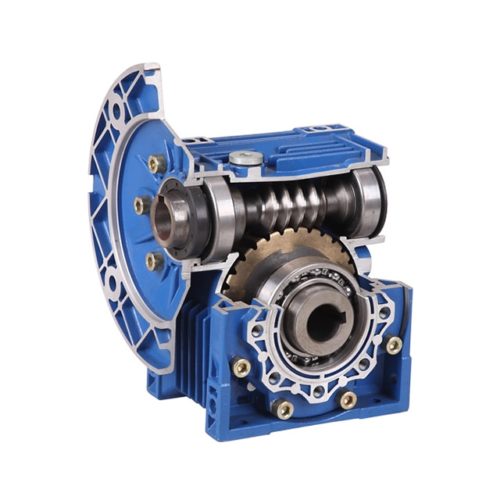Introduction:
A gearbox is a critical component in many mechanical systems, playing a crucial role in transmitting power and achieving desired speed and torque. Selecting the appropriate gearbox for your specific application requires careful consideration of various factors. In this article, we will provide a comprehensive guide to help you make an informed decision when choosing a suitable gearbox.
Understand Your Application Requirements:
Before diving into gearbox selection, it’s crucial to have a clear understanding of your application requirements. Consider factors such as desired speed range, mounting method, torque, load characteristics, operating environment, duty cycle, and any specific industry standards or regulations.
Determine Gearbox Type:
There are different types of gearboxes available, each suitable for specific applications. Some common types include, helical, planetary, worm, and bevel gearboxes. Evaluate the pros and cons of each type, considering factors such as efficiency, noise level, backlash, compactness, and torque capacity.

Calculate Torque and Speed Requirements:
Accurately calculating the required torque and speed is essential in gearbox selection. Determine the maximum and minimum torque values your application requires, considering factors such as starting torque, peak loads, and any variations in torque during operation. Similarly, assess the desired speed range and any speed variations needed for your application.
Consider Gear Ratio and Efficiency:
The gear ratio determines the speed and torque conversion in a gearbox. Calculate the required gear ratio based on your application’s torque and speed requirements. Additionally, assess the gearbox’s efficiency, as it influences power transmission losses and overall system performance. Higher efficiency gearboxes can contribute to energy savings and reduced heat generation.
Evaluate Size and Mounting Options:
Consider the available space and mounting requirements in your application. Evaluate the physical dimensions and weight of the gearbox to ensure proper fit and compatibility. Additionally, assess the mounting options such as foot-mounted, flange-mounted, or shaft-mounted, and choose the one that suits your installation requirements.
Assess Gearbox Durability and Reliability:
Reliability and durability are crucial factors in gearbox selection. Evaluate the gearbox’s quality, material construction, and manufacturing standards to ensure it can withstand the demands of your application. Consider factors such as load capacity, service life, lubrication requirements, and maintenance needs.
Take into Account Noise and Vibration:
For applications where noise and vibration levels are critical, consider gearboxes with features to minimize these effects. Helical or planetary gearboxes are known for their smoother and quieter operation compared to other types. Additionally, look for gearboxes with vibration dampening or noise reduction features.
Seek Expert Advice:
If you’re uncertain about the best gearbox choice for your application, it’s beneficial to consult with experts or gearbox suppliers. They can provide valuable insights, recommend suitable options, and offer custom solutions tailored to your specific requirements.
Choosing the right gearbox for your application involves a systematic evaluation of various factors, including application requirements, gear type, torque and speed calculations, gear ratio, size and mounting options, durability, noise and vibration considerations, and seeking expert advice when needed. By following this comprehensive guide, you can make an informed decision and select a suitable gearbox that will optimize the performance and efficiency of your mechanical system.


